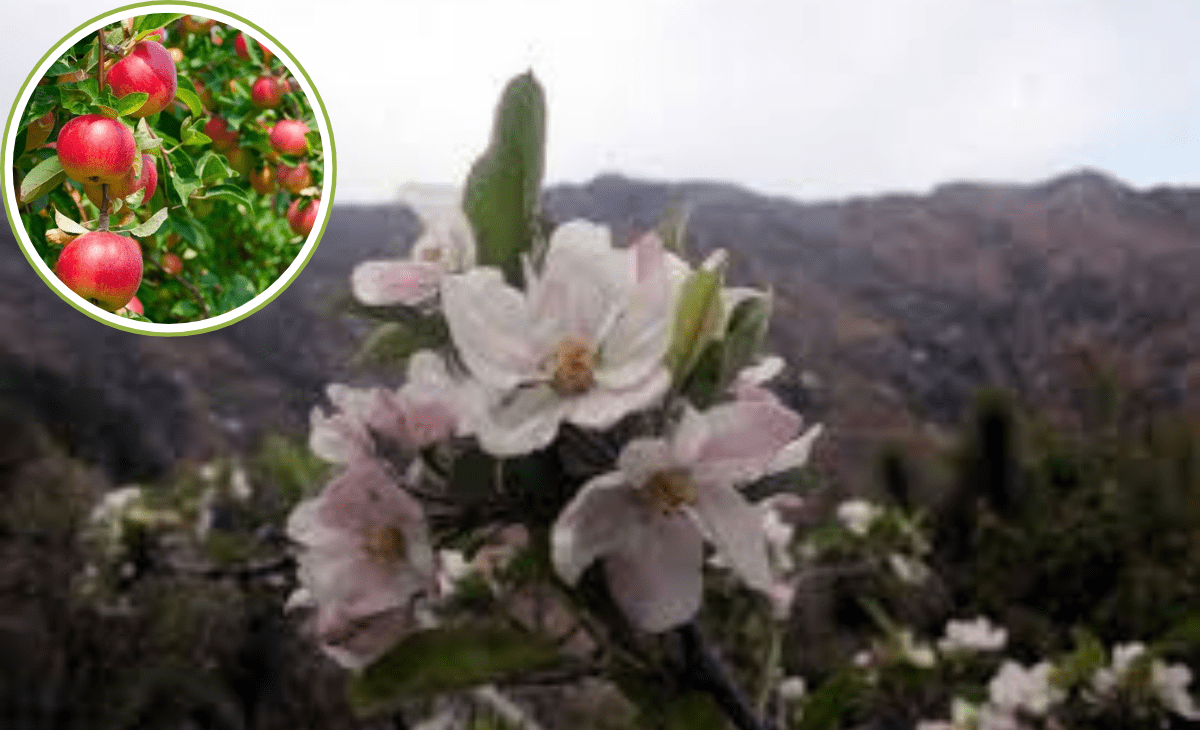Unseasonal blossom leaves farmers stunned
TNR News Network
Shimla:
In a startling sign of changing weather patterns, apple and paja (cherry rootstock) trees in Himachal Pradesh have begun flowering months ahead of their usual cycle. The phenomenon, reported from several orchards near Shimla, has left horticulturists deeply worried about the long-term impact on fruit yield and quality.
Traditionally, paja trees bloom between January and February, while apple trees flower in April. But this November, farmers in areas such as Balawag village near Shimla have already spotted fresh blossoms. “It’s shocking — my Gala apple trees are flowering right now,” said orchardist Ashok Thapa, adding that he had never witnessed such an occurrence before.
Clear signal of climate change, say experts
Senior scientist Dr Sandeep Sharma, former acting chairperson of the Himalayan Forest Research Institute, called the development “a major red flag”. He explained that the changing snowfall pattern — once consistent in November and December — now occurs in February and March, disrupting natural growth cycles.
“Early flowering in paja and apple trees clearly indicates climate instability. Rising autumn temperatures have disturbed the dormancy period of these plants,” Dr Sharma noted.
Supporting his observation, Dr Vijay Singh Thakur, former Vice-Chancellor of Dr YS Parmar University of Horticulture and Forestry, Nauni, said, “Premature blooming is a clear symptom of climate change. In some areas where summer pruning was done recently, the warming effect has triggered flowering.”
Farmers fear economic fallout
An office-bearer of the Himachal Pradesh Fruit, Flower and Vegetable Growers’ Association described the situation as “a worrying omen” for the state’s fruit economy. “The Royal apple belt has already shifted nearly 1,000 feet higher due to warming trends. If flowering continues to advance like this, lower belts may no longer sustain commercial apple farming,” he cautioned.
Farmers fear that early blossoms may fail to bear fruit if cold waves strike later in winter, leading to massive production losses.
Studies confirm climate-linked decline in yield
A recent study found that apple productivity has dropped by about 11% in recent decades. Nearly 80% of orchardists surveyed acknowledged climate change as a key factor; 76.5% reported shifts in flowering time while 78.5% said fruits now mature earlier than before.
Experts warn that these “out-of-season flowers” are not a sign of vitality but of distress. With rising autumn temperatures, erratic snow patterns and shrinking chilling hours, Himachal’s famed apple economy faces an uncertain future.





